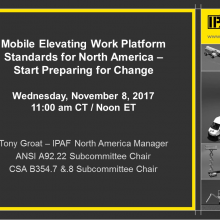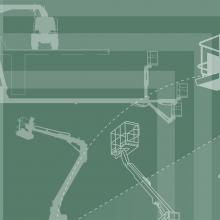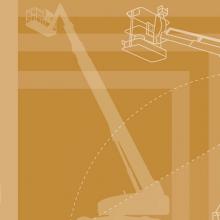Search
-
This resource is for members only. Please login or consider becoming an IPAF member.
-
-
-
-
-
-
This resource is for members only. Please login or consider becoming an IPAF member.
-
-
-
IPAF policies, rules and official information are detailed on this page and available to download as pdfs or links to other pages.
-

-
This resource is for members only. Please login or consider becoming an IPAF member.
-
This resource is for members only. Please login or consider becoming an IPAF member.
-
This resource is for members only. Please login or consider becoming an IPAF member.
-
This resource is for members only. Please login or consider becoming an IPAF member.
-
This resource is for members only. Please login or consider becoming an IPAF member.
-
This resource is for members only. Please login or consider becoming an IPAF member.
-
As the safe use of Mobile Elevating Work Platforms (MEWPs) requires that you consult safety notices and read and thoroughly understand the manufacturer’s instruction manual, literacy and language comprehension are important requirements for any MEWP user.
-
Guidance for IPAF Training Centres: Training candidates that do not speak the instructor’s language fluently
IPAF recognises that some students may not be fully proficient in the language being spoken by their instructor.
-
Your message has been sent.




